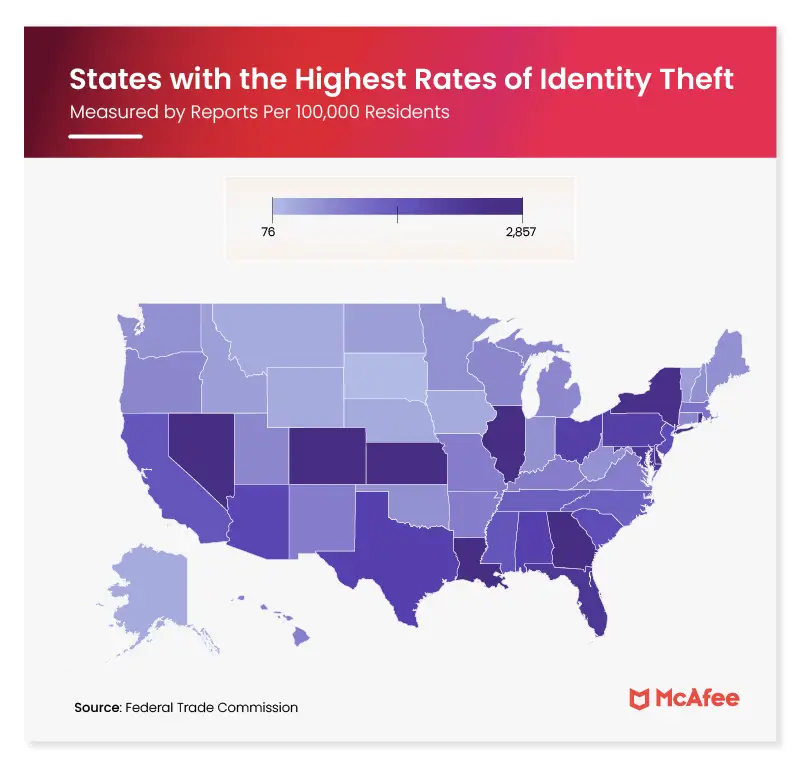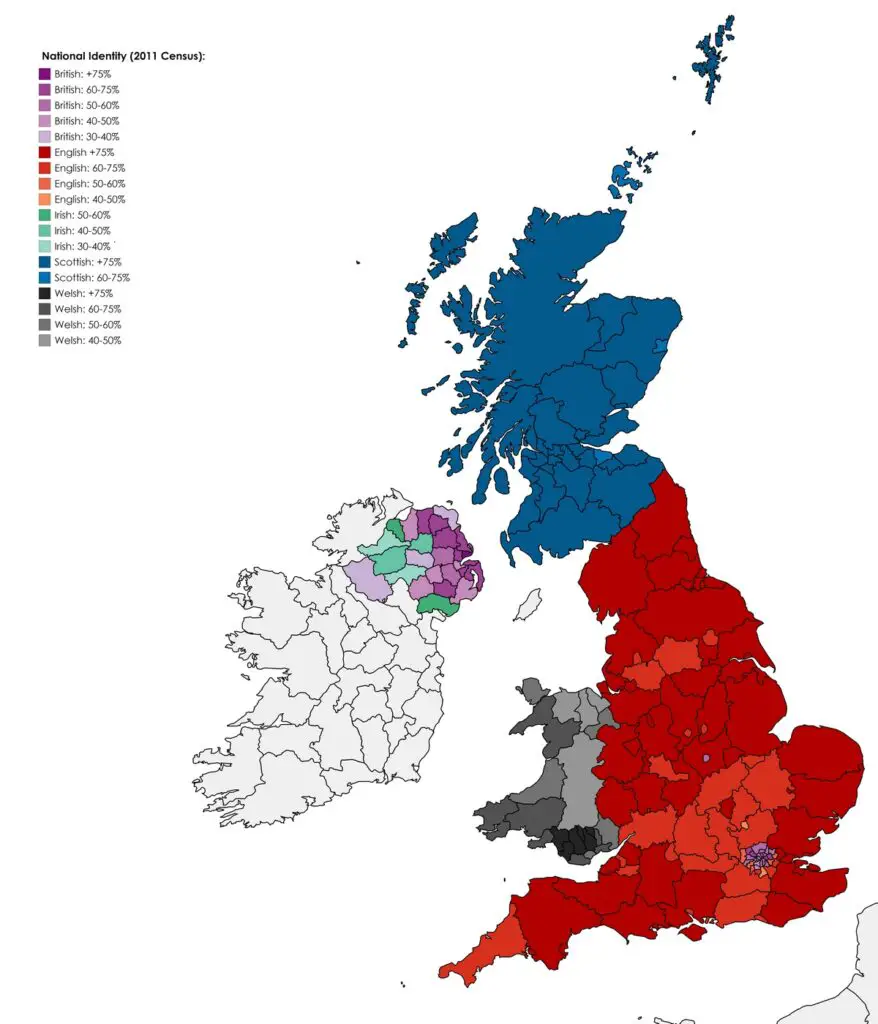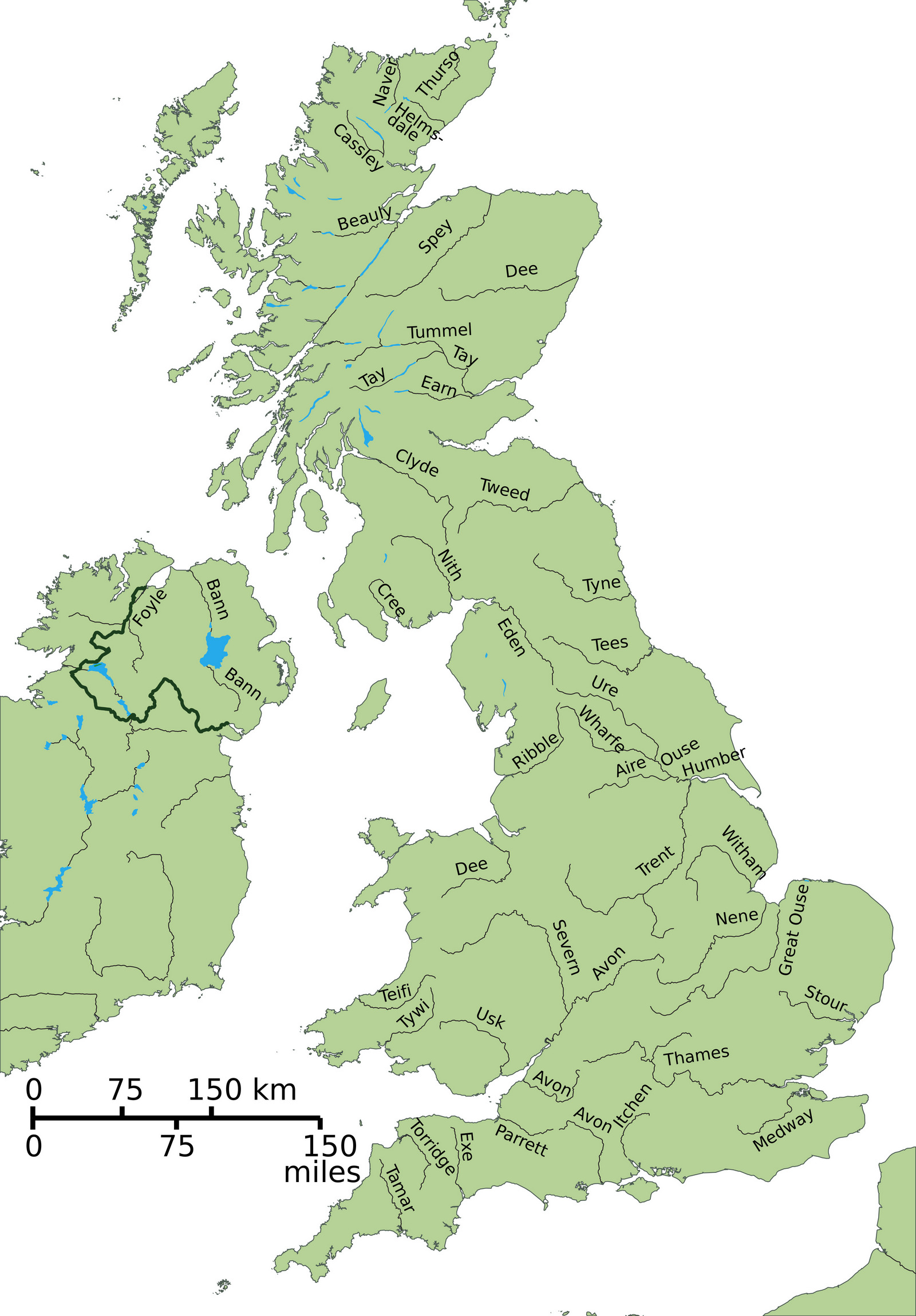The Contested Crown: Britain’s Ever-Changing Second City
Picture a map of the United Kingdom, and beyond the commanding presence of London, a complex story of urban rivalry unfolds. What makes a city truly significant? Is it population, economic power, cultural impact, or something more intangible? The quest to be Britain’s “Second City” is more than a statistical competition – it’s a rich narrative of ambition, transformation, and national identity.
Our journey begins in the industrial heartlands, where cities like Birmingham, Manchester, and Glasgow emerged as powerful contenders for urban supremacy. These weren’t just locations on a map, but living, breathing entities that shaped Britain’s economic and social landscape.

The Population Powerhouses
Birmingham’s story epitomizes urban transformation. From a modest industrial town to a metropolitan center, the city redefined urban significance in the mid-20th century. Before Birmingham’s rise, Norwich held the population crown – a testament to how quickly urban dynamics can shift.
The economic rivalry between Manchester and Liverpool tells an equally compelling story. Between 1800 and 1950, these cities were locked in a fierce competition that defined Britain’s industrial might. Manchester’s textile industries stood toe-to-toe with Liverpool’s maritime trade, each city embodying a unique aspect of economic innovation.
Imperial Perspectives: Cities Beyond Borders
The concept of “Second City” expanded far beyond the British Isles during the imperial era. Calcutta (now Kolkata) dominated as the empire’s second-largest city from 1757 to 1947, revealing the complex administrative structures of colonial rule. Even more intriguing, Philadelphia briefly claimed this status between 1700 and 1757, highlighting the truly global nature of British urban influence.
Scotland offers its own fascinating narrative. Glasgow reigned as Britain’s second-largest city from 1800 to 1950, while Edinburgh stood proud as the capital of Scotland – technically the second-largest country within the British realm. These cities represented more than mere population numbers; they were centers of cultural and administrative significance.
In recent years, cities like Cardiff and Belfast continue to playfully stake their claim to the “Second City” title. This ongoing rivalry demonstrates that municipal pride remains a vibrant aspect of British cultural identity, transcending mere statistical measurements.
For those captivated by this urban history, we’ve discovered some remarkable United Kingdom map posters on Amazon that bring these stories to life. These maps offer more than just geographical information – they’re windows into the rich urban narrative we’ve explored.
Here are a few standout options available on Amazon (note: following links will take you to Amazon product pages) that geography enthusiasts and history buffs will appreciate:
- Vintage Political Map of the United Kingdom
- Large Detailed Political Map Poster of the United Kingdom
- United Kingdom Map (National Geographic Adventure Map)
We’re curious – which city do you believe truly captures the essence of Britain’s “Second City”? Every story has multiple perspectives, and your insight could add a new dimension to this fascinating urban journey.








